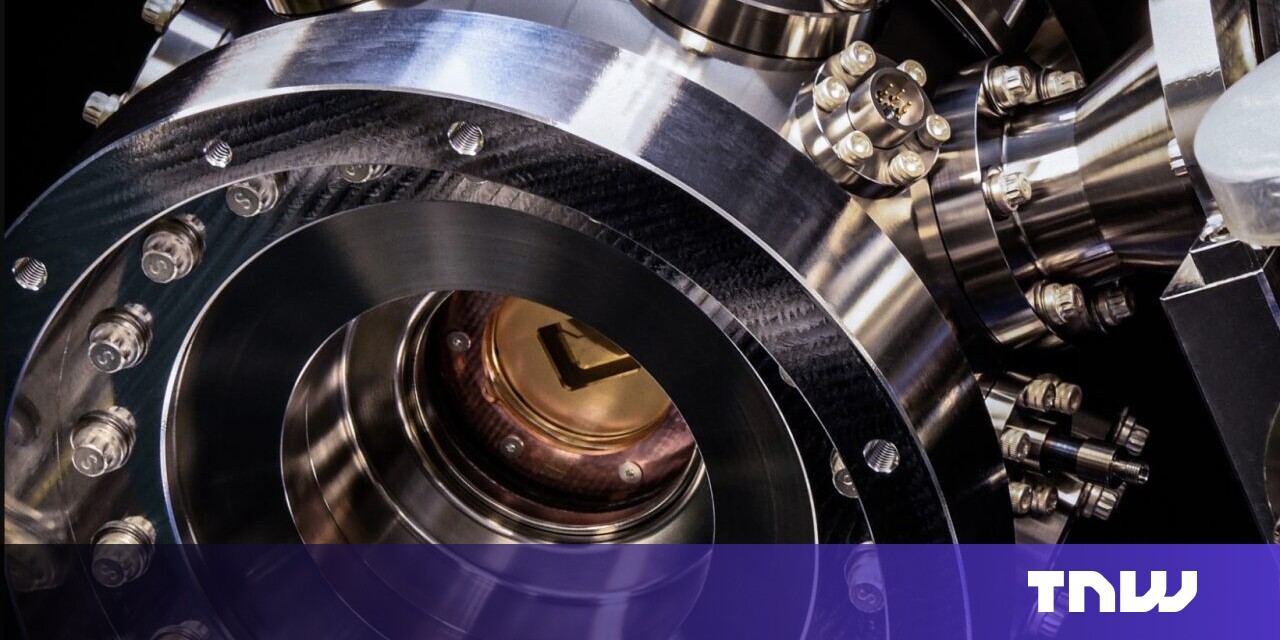Quantinuum, Microsoft claim to quiet quantum computing ‘noise’

Two of the leaders in quantum technologies, Quantinuum and Microsoft, today announced a breakthrough in reducing ‘noise’ that could mean quantum advantage is closer than previously thought.
When it comes to quantum computing, noise refers to internal and external interference that lead to errors in quantum computations. Without properly conquering challenges such as variations in temperature, external electromagnetic fields, and quantum decoherence, quantum computers will not surpass the capabilities of classical computers.
Because of how prone they are to errors resulting from these kinds of interference, today’s machines are referred to as what is known as NISQ-era devices — Noisy Intermediate-Scale Quantum.
Now, Quantinuum says it has hit a breakthrough on the path toward fault-tolerant quantum computing. Together with Microsoft, which is pumping billions into the emerging technology, the company claims to have demonstrated logical qubits with an error rate 800 times better than physical qubits — a feat previously believed to be years away.
“By applying Microsoft’s breakthrough qubit virtualisation system, with error diagnostics and correction, to Quantinuum’s ion-trap hardware, we ran more than 14,000 individual experiments without a single uncorrected error,” the company said in a statement.
Logical vs. physical qubits
Unless you are a quantum enthusiast, we forgive you for not immediately understanding the difference between physical qubits and logical qubits. Physical qubits are the parts that function analogously to bits in a classical computer. Well, apart from the whole quantum superposition part, which means that they can exist in multiple states simultaneously.
Logical qubits on the other hand are more robust forms of qubits, made up of several physical qubits. Essentially, they are a higher-level abstraction with codes that allow errors to be detected and corrected without the need for direct observation which can disturb the quantum state of the physical qubits.
Microsoft is packaging the potentially post-NISQ achievement as “Level 2 Resilient,” and says that advanced capabilities based on these logical qubits will be available in private preview for Azure Quantum Elements customers “in the coming months.”
This, however, does not mean that the breakthrough is leading to any direct commercial advantage for Microsoft’s cloud customers.
While this is a necessary technological breakthrough on the path towards quantum utility, it would take hundreds of logical qubits to begin making actual scientific breakthroughs, and a quantum-classical hybrid supercomputer with thousands of logical qubits to create commercial advantages. Still, this could be the moment where we first glimpsed beyond the NISQ horizon.



